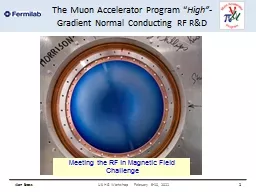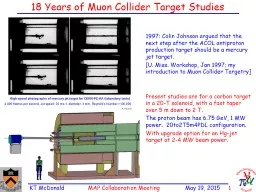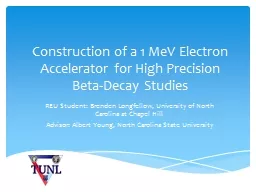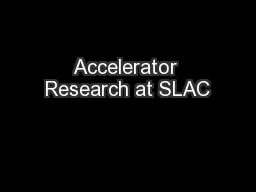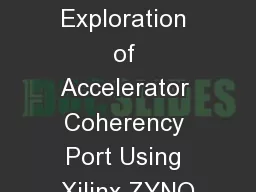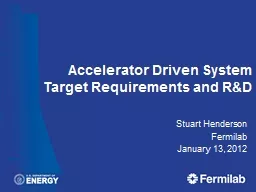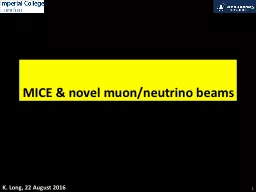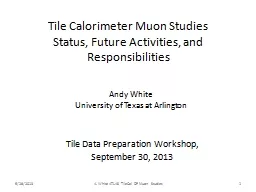PPT-The Muon Accelerator Program
Author : stefany-barnette | Published Date : 2016-11-29
High Gradient Normal Conducting RF RampD Alan Bross US HG Workshop February 910 2011 1 Meeting the RF in Magnetic Field Challenge Outline The RF Challenge At least
Presentation Embed Code
Download Presentation
Download Presentation The PPT/PDF document "The Muon Accelerator Program" is the property of its rightful owner. Permission is granted to download and print the materials on this website for personal, non-commercial use only, and to display it on your personal computer provided you do not modify the materials and that you retain all copyright notices contained in the materials. By downloading content from our website, you accept the terms of this agreement.
The Muon Accelerator Program: Transcript
Download Rules Of Document
"The Muon Accelerator Program"The content belongs to its owner. You may download and print it for personal use, without modification, and keep all copyright notices. By downloading, you agree to these terms.
Related Documents

